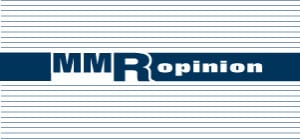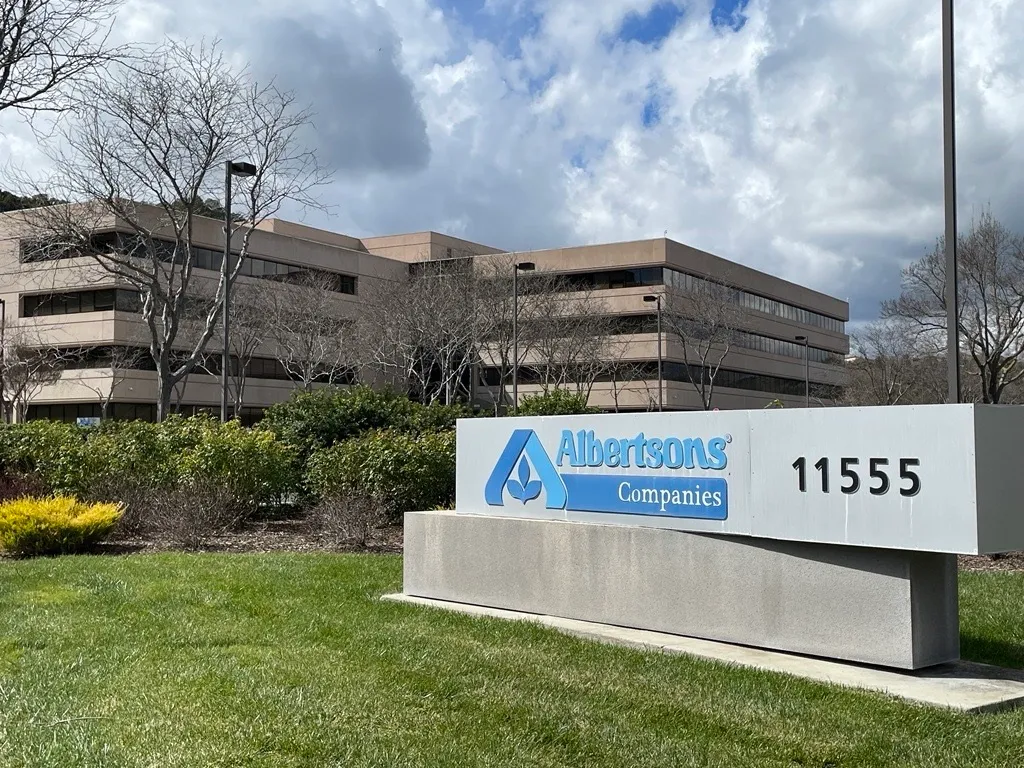In retail’s fast-paced landscape, it is imperative for grocers to automate traditional operations. Retailers leveraging technology to transform their category strategies are positioned to stay ahead of the curve, meet evolving consumer demands — and drive long-term loyalty.

One innovation poised to revolutionize category management strategies is digital shelf tags. Replacing traditional paper tags, electronic shelf labels (ESLs) offer myriad benefits for both retailers and consumers — and adoption is on the upswing.
Driven by the opportunity to improve pricing strategies and deliver more customer-centric store-level experiences, the global ESL market is expected to grow at a compounded annual growth rate (CAGR) of 16.84% from 2022 to 2028, according to market research firm reportlinker.com.
Among the many opportunities presented by ESLs, the most appealing is their ability to provide real-time data insights — making digital shelf tags a mission-critical solution helping grocers to automate traditional category management processes.
Traditional category management often relied on periodic manual audits and data collection, which was time-consuming and prone to errors. However, digital shelf tags equipped with sensors and connectivity are changing the game. With access to instantaneous updates on product availability, pricing and consumer preferences, retailers are positioned to make informed decisions promptly. This enables them to optimize inventory levels, pricing strategies and product placements — and more accurately meet consumer demand.
Digital shelf tags are also designed to enhance operational efficiency and cost effectiveness. This will become increasingly important as retailers expect to wholly or partially automate up to 70% of routine tasks by 2025, according to the “2023 Connected Retail Experience Study,” a report by Incisiv and Verizon Business.
Included among the tasks ESLs automate are labor-intensive manual price changes and updates. Digital tags enable retailers to remotely update prices, promotions and product information across multiple locations simultaneously, eliminating the need for manual intervention. By freeing up significant time and labor resources, retailers are primed to streamline operations, reduce labor costs and minimize errors.
Not only can retailers redeploy associates to customer-facing high-value tasks (18% of retailers) and support business operations (26% of retailers), but these factors also contribute to improved profitability and competitiveness, the “2023 Connected Retail Experience Study” explained.
Digital shelf tags also pave the way for dynamic pricing strategies and personalized marketing initiatives. At the heart of these initiatives are data analytics that provide real-time insights — the foundation needed to elevate ESL functionality.
Leveraging insights from data reporting algorithms, retailers can make informed pricing decisions based on real-time factors including customer demand, seasonality and competitor pricing. By applying specific consumer preferences and purchasing behavior to the mix for example, digital tags can be programmed to deliver targeted marketing campaigns and personalized promotions to shoppers right at the store shelf.
These personalized experiences can spur customer loyalty and a company’s gross sales, respectively. Specifically, customized efforts lift revenues between 5% and 15%, and marketing ROI can increase between 10% and 30%, according to “What is Personalization?” from McKinsey & Co.
Consumers also benefit from the technology. Offering enhanced transparency and convenience — especially when supported by interactive displays and digital signage — digital tags provide real-time access to product recommendations, recipe ideas or educational content related to specific categories. This combination offers accurate, relevant product information, enabling consumers to make more-informed purchasing decisions.
Finally, ESLs facilitate seamless omnichannel integration. In an increasingly interconnected retail landscape, consumers expect a consistent experience across online and off-line channels. Digital tags synchronize store-level pricing, promotions and product assortments across various touchpoints, ensuring a cohesive and unified brand experience. This omnichannel approach not only enhances customer satisfaction but also drives cross-channel sales and engagement.
The rapid expansion of digital shelf tag use represents a significant paradigm shift in retail category management. By harnessing the power of real-time data, operational efficiency, dynamic pricing and personalized marketing, retailers can optimize their category strategies to meet evolving consumer demands effectively. Moreover, providing greater store-level transparency, convenience and omnichannel integration, these tags clearly enrich the overall shopping experience.
As technology continues to advance, the adoption of digital shelf tags is poised to become a cornerstone of modern retailing, driving innovation and reshaping the future of category management.
Adrien Boudier is vice president of VusionGroup.







